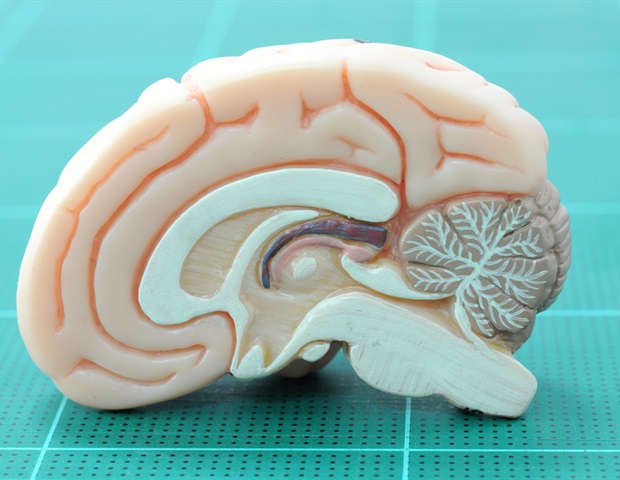
Researchers reveal that an imbalance of gene Grik1 is behind the spatial issues that people with Down syndrome experience.
The group of researcher Juan Lerma of the Institute of Neurosciences, a mixed center of the Universidad Miguel Hernández of Elche (Spain) and the Spanish National Research Council (CSIC) have identified a mechanism responsible for orientation issues in people with Down syndrome. The finding, a result of research which has not yet been published, has been revealed in the conference of the Spanish Neuroscience Association held last week in Santiago de Compostela, which was attended by 600 neuroscientists.
The Synaptic Physics laboratory of Juan Lerma, located in the Sant Joan d'Alacant campus of the UMH, has studied the spatial memory issues linked to Down syndrome in a mouse model. Their results show an imbalance between stimulation and inhibition of certain neural circuits that depend on the dose of a gene named Grik1. The changes that this imbalance produces are so small that they had so far gone unnoticed. According to the researchers, if the dose of this gene is normalized in a transgenic mouse, the spatial memory issues disappear. Normalizing the ability of orientation is correlated with a recovery of the stimulation/inhibition in the communication among neurons of the hippocampus, a brain structure linked to memory and orientation.
In 2018, this UMH-CSIC group already showed how minimal changes in the intensity of the synaptic transmission cause significant modifications to behavior, which manifest differently depending on the affected brain structure. When they take place in the amygdala, these behavioral changes are linked to emotional processing and can alter the responses of fear or anxiety. As the researcher explains, if they take place in the prefrontal cortex, it can lead to issues in personal relationships or increased aggressiveness. A new study by the Neural Physiology group has shown that a similar imbalance in the hippocampus would lead to alterations linked to spatial memory, which leads to the orientation issues that people with Down syndrome suffer.
Likewise, the Neurosciences Institute researcher says that in order to preserve an appropriate brain function, suitable regulation of the communication between neurons is necessary. This communication can be stimulant or inhibitory, which would be comparable to the accelerator and the brake, respectively, of the nervous system. Releasing suitable doses of neurotransmitters of one type or another on the points of contact of neurons, called synapsis, makes it possible for neural circuits to work appropriately. When this balance is broken, pathologies as seemingly different as anxiety, depression, schizophrenia, bipolar disorder or of the realm of autism emerge.
Asociación RUVID






No comments
Post a Comment